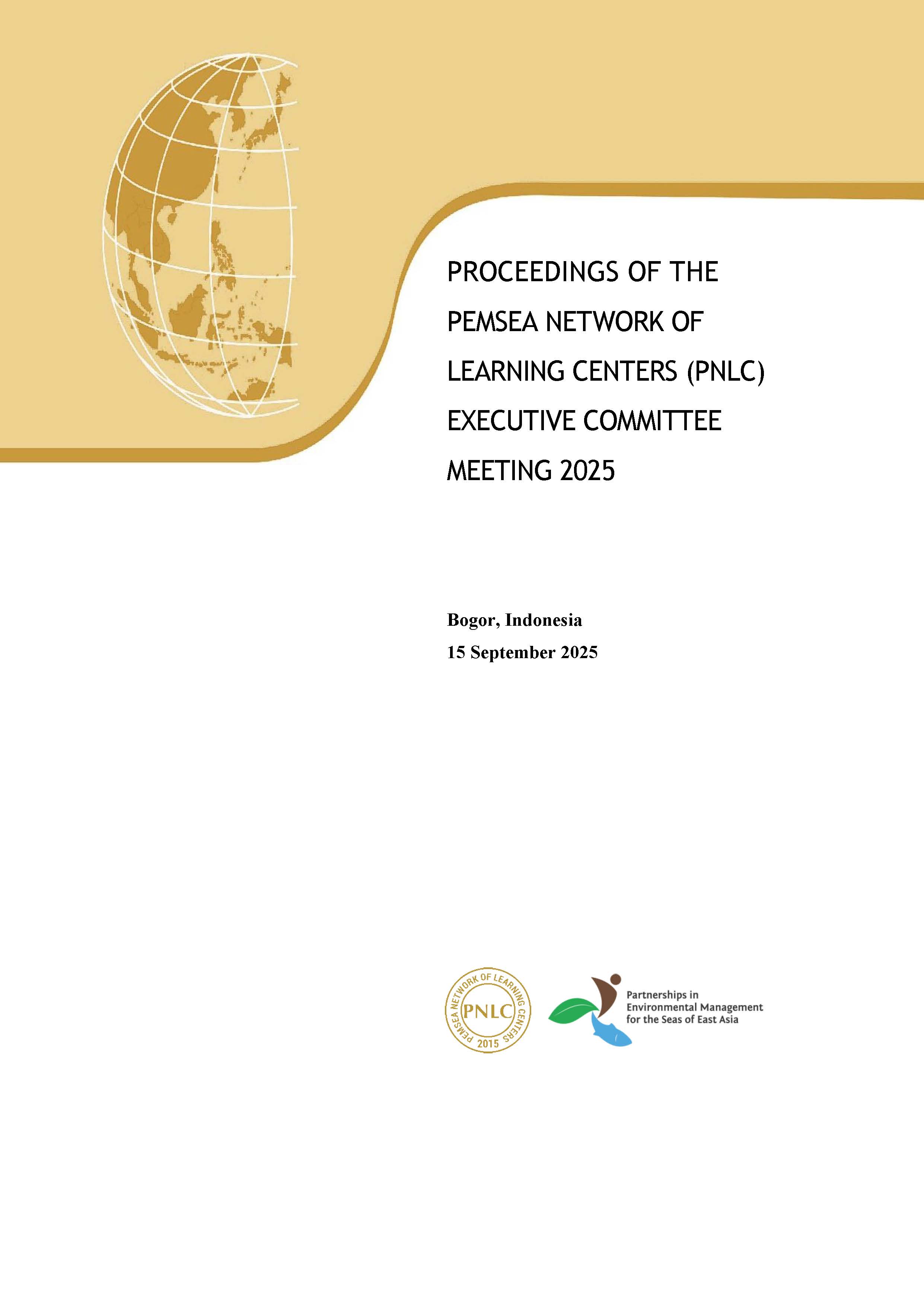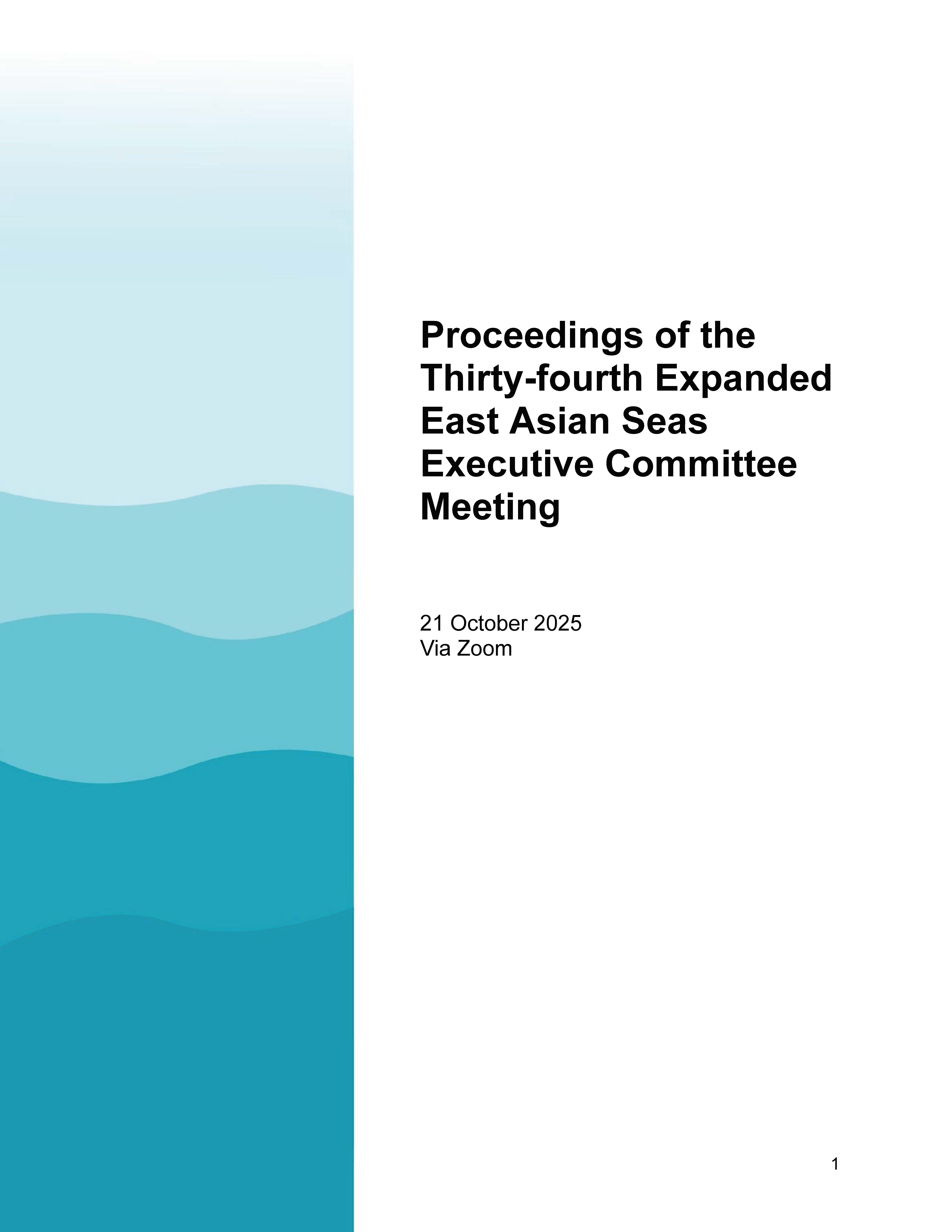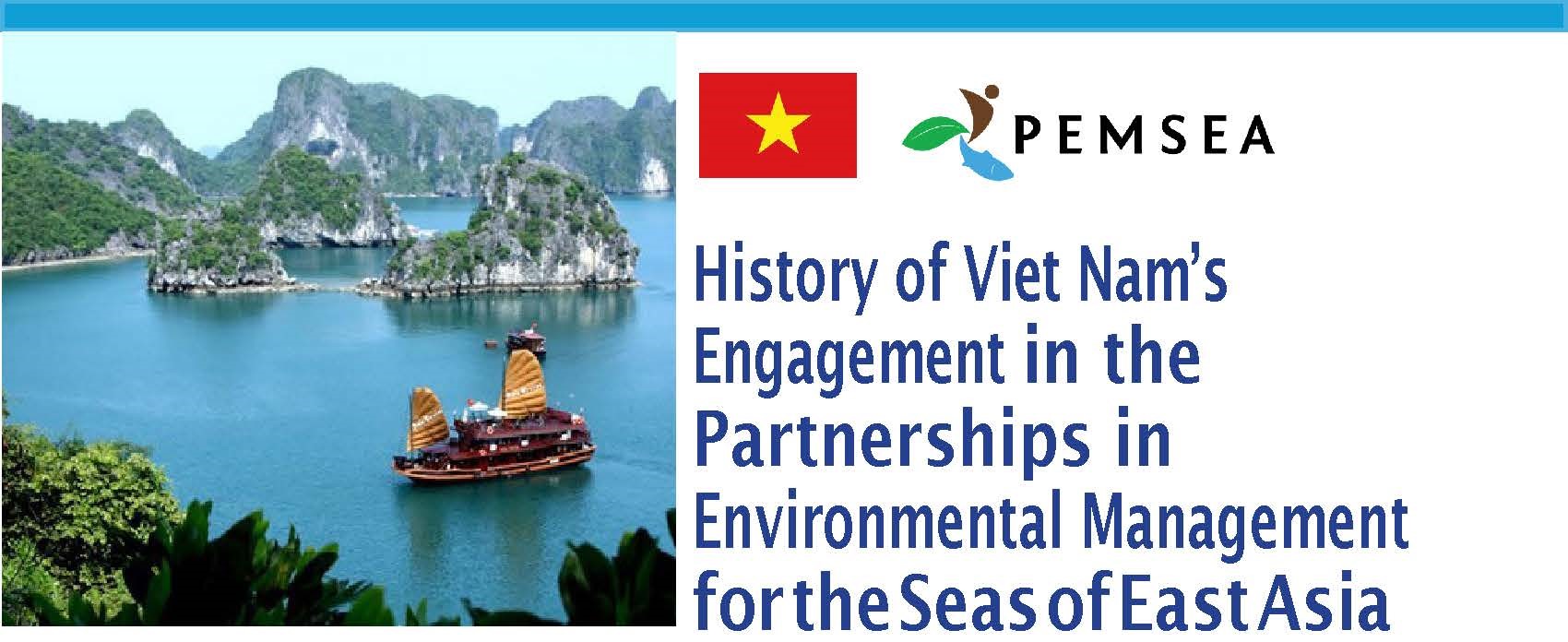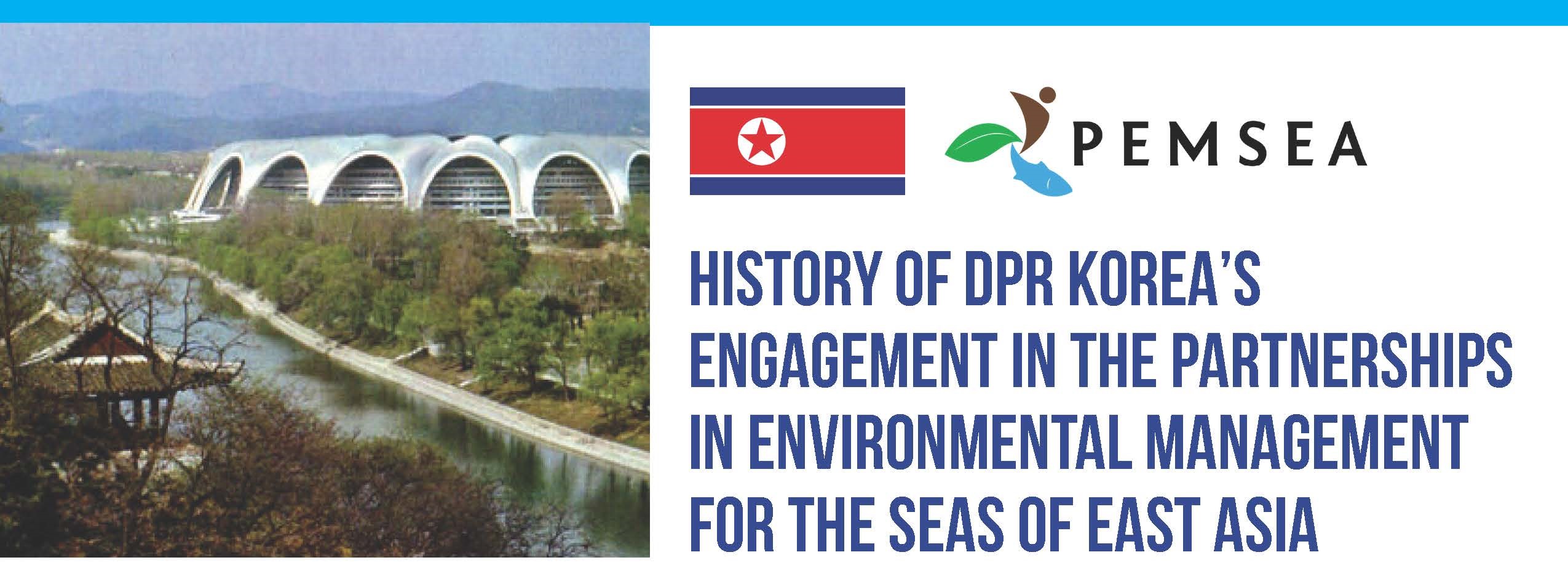
Breadcrumb
PEMSEA and the Sustainable Development Goals
PUBLICATION DATE:
Monday, July 18, 2016
PUBLICATION TYPE:
Brochures and Infographics
STATUS:
Available
DESCRIPTION:
Since 2003, the Sustainable Development Strategy for the Seas of East Asia (SDS-SEA) has served as a platform for cooperation and coordinated action among country and non-country partners and collaborators within the framework of PEMSEA, or Partnerships in Environmental Management for the Seas of East Asia. PEMSEA is an international organization specializing in integrated coastal and ocean governance of the Seas of East Asia. It is a partnership arrangement comprised of 11 country and 20 non-country partners with a collective commitment to implement the SDS-SEA.
PEMSEA's main goal is the pursuit of the sustainable development of coasts and oceans through integrated management solutions. The solutions PEMSEA adopts recognize ecosystem health and resiliency and social well-being as integral parts of economic progress. Our vision is HOPE—Healthy Oceans, People and Economies. The Partner Countries strive to attain the SDS-SEA objectives and targets by improving coastal and ocean governance at the local, national and regional levels, scaling up ICM program coverage of the region's coastline, and boosting investments in blue economy.
The Sustainable Development Goals (SDGs), adopted by the UN in September 2015, provide 17 Goals and 169 targets to guide actions globally in key areas where government, the private sector and citizens will have to invest in order to transform economies and prosper within the social and ecological boundaries of the planet. There are a number of obvious synergies between the SDGs and the implementation of the SDS-SEA, in particular SDG 14: Life Below Water, SDG 6: Clean Water and Sanitation, SDG 11: Sustainable Cities and Communities, SDG13: Climate Actions, and SDG 17: Partnerships for the Goals.
There are challenges to achieving the SDGs and full implementation of the SDS-SEA. But PEMSEA Partners are fully determined and committed to overcome these challenges and ultimately to contribute to targets set forth by the SDGs through individual and combined actions aligned with the SDS-SEA.
RELATED PUBLICATIONS
PEMSEA NETWORK OF LEARNING CENTERS (PNLC) 2025 Executive Committee Meeting Proceedings
The 2025 PNLC Executive Committee (PNLC EC) Meeting was organized by PNLC Secretariat on 15 September 2025 in Bogor, Indonesia. It was participated by Prof. Yonvitner of the Center for Coastal and Marine Resources Studies of the IPB University (CCMRS-IPB) and President of the PNLC, Dr. Fang Qinhua, Deputy Director of the Coastal and Ocean Management Institute of Xiamen University (COMI-XU) and Vice-President of the PNLC, and Ms. Aimee T. Gonzales, PEMSEA Resource Facility (PRF) Executive Director as members of the PNLC Executive Committee. Ms. Isdahartatie PNLC secretariat Coordinator/ CCMRS-IPB University, Ms. Nancy Bermas from PRF, Francesca Cortez (PRF Secretariat Assistant) and Lusita Meilana, PNLC Secretariat staff. The meeting was chaired by Prof. Yonvitner. Ms. Isdahartati served as the Secretariat of the meeting.
The following supporting documents are annexed to these proceedings:
- Annex 1: Meeting Agenda / Program
- Annex 2: Links to the meeting documents, presentation and photos
- Annex 3: List of participants
Proceedings of the Thirty-fourth Expanded East Asian Seas Executive Committee Meeting
The Expanded East Asian Seas (EAS) Executive Committee convened its 34th Executive Committee Meeting on 21 October 2025 online via Zoom. The meeting was attended by EAS Partnership Council Chair Attorney Jonas Leones; Intergovernmental Session Chair Mr. Le Dai Thang; Intergovernmental Session Co-Chair Dr. Xinwei Yu; Technical Session Chair Dr. Suk-Jae Kwon; and Technical Session Co-Chair Dr. Wakita Kazumi. The PEMSEA Resource Facility (PRF), led by Executive Director (ED) Ms. Aimee T. Gonzales, served as Secretariat to the meeting. PEMSEA Country Partners in attendance included national focal points and representatives from Cambodia, China, Indonesia, Japan, Lao PDR, the Philippines, the Republic of Korea, Singapore, Timor-Leste, and Viet Nam. Non-Country Partners present included representatives from the ASEAN Centre for Biodiversity, Ipieca GISEA, Oil Spill Response Limited, National Marine Hazard Mitigation Service, International Center for Environmental Management of Enclosed Coastal Seas (EMECS), PEMSEA Network of Local Governments, and Korea Institute of Ocean Science & Technology, among others. Online observers included staff from the PEMSEA Resource Facility and UNDP.
History of Timor Leste's engagement in PEMSEA
Since joining PEMSEA in 2006 through the signing of the Haikou Partnership Agreement, Timor-Leste has made remarkable progress in advancing sustainable coastal and ocean governance under the Sustainable Development Strategy for the Seas of East Asia (SDS-SEA). Over the years, the country has implemented Integrated Coastal Management (ICM) programs in key municipalities, developed national ocean and coastal policies, and strengthened inter-agency collaboration for marine protection and livelihood enhancement. Through its participation in regional initiatives such as ATSEA and the Marine Plastics ODA Project, Timor-Leste continues to demonstrate strong commitment to ecosystem-based management, blue economy development, and regional cooperation for healthy and resilient seas.
History of Viet Nam's engagement in PEMSEA
Since 1993, Viet Nam has been an active partner in advancing sustainable coastal and ocean governance in the East Asian Seas through PEMSEA. From pioneering Integrated Coastal Management (ICM) in Da Nang to establishing the Viet Nam Administration of Seas and Islands (VASI), the country has institutionalized ICM in national policy and legislation while fostering regional cooperation through leadership roles in PEMSEA bodies and ministerial forums. Viet Nam’s consistent participation in key initiatives and adoption of major regional declarations underscore its strong commitment to blue economy development, marine ecosystem protection, and the long-term implementation of the Sustainable Development Strategy for the Seas of East Asia (SDS-SEA).
History of DPR Korea's Engagement in PEMSEA
Since joining the regional GEF/UNDP/IMO Marine Pollution Prevention in the East Asian Seas (MPP-EAS) project, the DPR Korea has actively advanced Integrated Coastal Management (ICM) through the establishment of the Nampho demonstration site and the National ICM Training Center at Kim Il Sung University. The country has consistently participated in key regional forums, including the East Asian Seas Congresses and Ministerial Forums, adopting major regional declarations and frameworks such as the SDS-SEA and Manila Declaration. Its engagement reflects a sustained commitment to regional cooperation, marine pollution prevention, and sustainable coastal development under PEMSEA.
Request Print Version
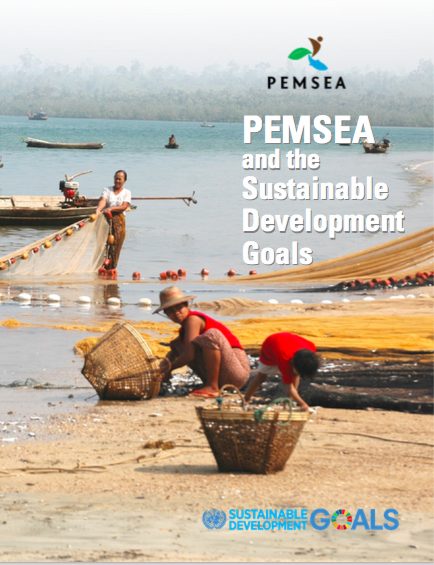
PEMSEA and the Sustainable Development Goals
Since 2003, the Sustainable Development Strategy for the Seas of East Asia (SDS-SEA) has served as a platform for cooperation and coordinated action among country and non-country partners and collaborators within the framework of PEMSEA, or Partnerships in Environmental Management for the Seas of East Asia. PEMSEA is an international organization specializing in integrated coastal and ocean governance of the Seas of East Asia. It is a partnership arrangement comprised of 11 country and 20 non-country partners with a collective commitment to implement the SDS-SEA.
PEMSEA's main goal is the pursuit of the sustainable development of coasts and oceans through integrated management solutions. The solutions PEMSEA adopts recognize ecosystem health and resiliency and social well-being as integral parts of economic progress. Our vision is HOPE—Healthy Oceans, People and Economies. The Partner Countries strive to attain the SDS-SEA objectives and targets by improving coastal and ocean governance at the local, national and regional levels, scaling up ICM program coverage of the region's coastline, and boosting investments in blue economy.
The Sustainable Development Goals (SDGs), adopted by the UN in September 2015, provide 17 Goals and 169 targets to guide actions globally in key areas where government, the private sector and citizens will have to invest in order to transform economies and prosper within the social and ecological boundaries of the planet. There are a number of obvious synergies between the SDGs and the implementation of the SDS-SEA, in particular SDG 14: Life Below Water, SDG 6: Clean Water and Sanitation, SDG 11: Sustainable Cities and Communities, SDG13: Climate Actions, and SDG 17: Partnerships for the Goals.
There are challenges to achieving the SDGs and full implementation of the SDS-SEA. But PEMSEA Partners are fully determined and committed to overcome these challenges and ultimately to contribute to targets set forth by the SDGs through individual and combined actions aligned with the SDS-SEA.
